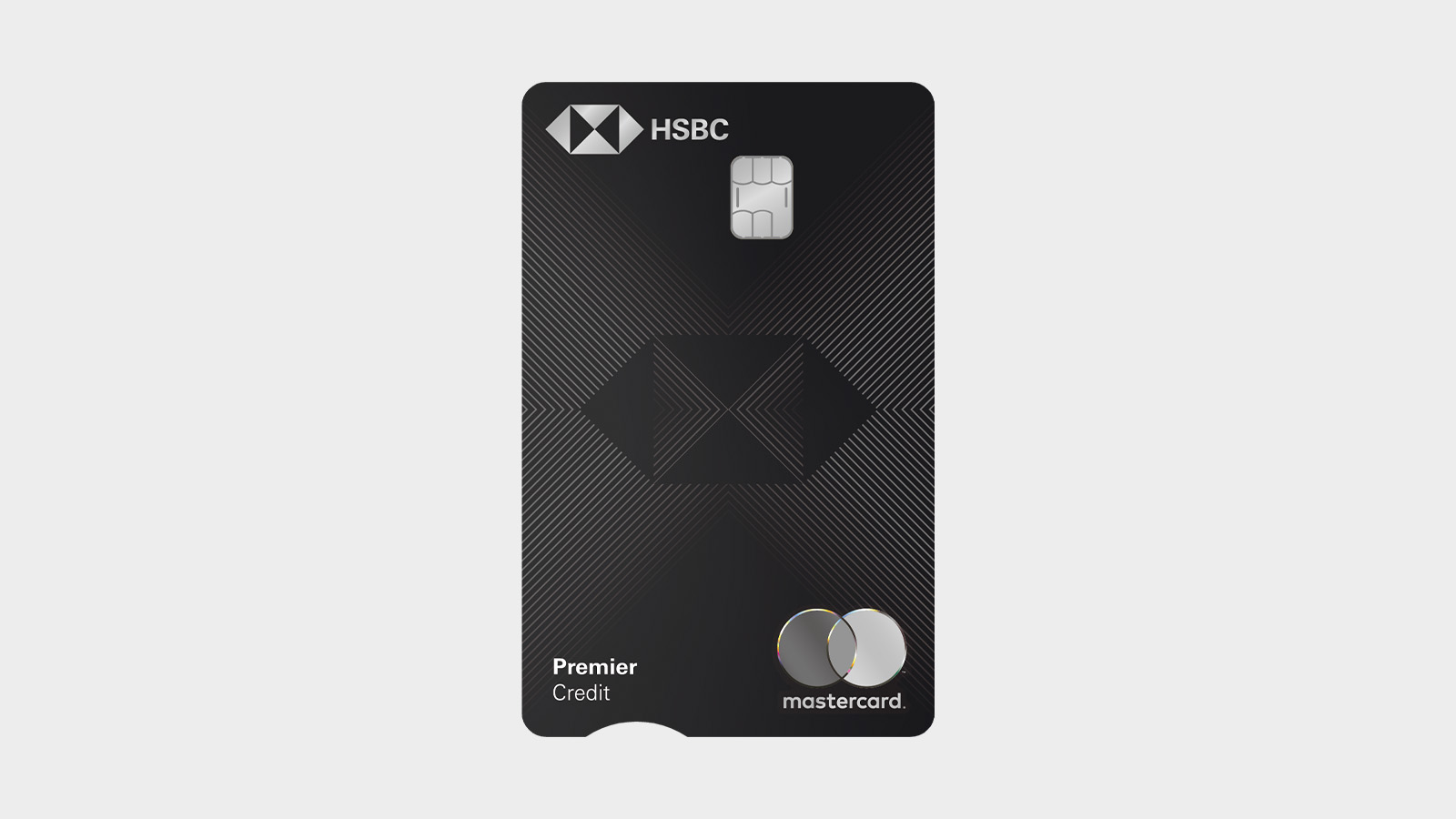Small Tips and Tricks on Internet Access in Travels
When travelling in days past, it was basically understood that if you weren’t near a wired connection, you were not connecting to the internet. This could be a bit bothersome, especially for business travellers, when it comes to things like accessing email or important files remotely.
Thankfully, technology has evolved in recent years where we can remain connected virtually 24 hours per day. There are so many different ways to stay connected, especially as a businessperson on the go, to ensure that you are never out of the loop.
So, what are these methods, and which methods are better than the others?
Using your mobile provider
For most of us, we rely on data from our mobile providers to stay connected no matter what. Depending on who your carrier is, this may be more difficult than you might think. Ultimately, staying connected to the internet with your mobile provider depends on their area of service coverage. We have all had experiences where we have been out of a service area and unable to connect to anything or send texts or make calls. This can be a frustrating way to go.
Still, when you don’t have access to WiFi, your data package is the best bet that you have for staying connected. In this case, you would want to make sure that your data package is high because it can get quite pricey if you go over your plan’s limits.
Getting a local SIM card
One of the drawbacks of using your provider is that access speeds might be throttled down based on your location. With a local SIM card, you get the best and fastest local speeds that are available at the most cost-effective pricing. No expensive data limits to worry about and no dealing with the frustrating throttle down that can come with using your provider’s network.
The only caveat to buying a local SIM card is that they can be a bit difficult to find, especially at a moment’s notice. Not only that, you need an unlocked phone to implement and install the SIM card, making it a bit more tricky to get the usage that you want out of it. This would be a great way to implement your antivirus systems, like Norton or avast antivirus, which you can download from most places.
For shorter trips, you might want to go another route, but if you are out of the country for an extended period of time, a local SIM card might be the best option that you can have for your smartphone.
Mobile Hotspot
In terms of staying connected at all times, the mobile hotspot might be the best and most consistent option. Essentially, a mobile hotspot is a device that can connect to your carrier’s data plan and act as a host for several devices at one time. It is a great way to keep connected even on the go and will often do so at high speeds as well.
There are caveats, however. Mobile hotspots are yet another device that you have to carry around and make sure that it is charged. Not only that, they can be quite pricey to buy and keep maintained as far as ensuring that you have the requisite data to operate it. Making the investment in one might be worth it, but it does come with its costs.
Using a specialist roaming SIM
A roaming SIM is similar to the aforementioned SIM option, but it is meant for travelling across multiple countries and is meant to connect regardless of the region that you are in. It is a sticker-like device that attaches to your current SIM card and basically provides a dual SIM feature.
The downside is that these can be very expensive to acquire due to the reliability of the device. Not only that, you need an unlocked phone to implement it, and that can be a bit of a hassle to get depending on who your carrier is.
Use WiFi
Ideally, WiFi is the way to go. It provides the quickest and most secure connection, and you don’t have to eat away at your data plan, which can be very expensive especially if you have limits that you run over on a regular basis.
The only disadvantage here is that WiFi is not available everywhere, and there are many insecure connections. You run the risk of potential hazards to your device on unsecured connections, and those connections may not even be available in a lot of places anyway.










Even if you hold top-tier status with a major hotel chain, booking a Luxury Travel Advisor rate can unlock significant additional value. From guaranteed US$100 property credits and "Stay 3 Pay 2" offers to freeing up your welcome amenity choice, here is why you should consider using a luxury travel advisor for your next booking to "stack" your benefits.